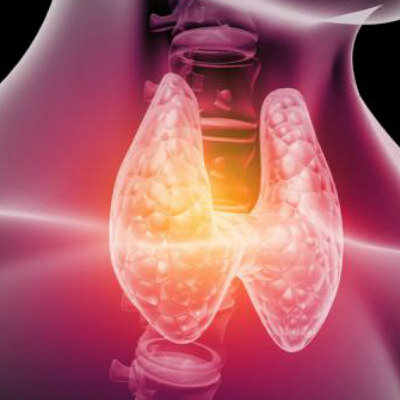Chronically Low Level of a Certain Biomarker Appears to Foreshadow Development of Type II Diabetes
By LabMedica International staff writers
Posted on 29 Jan 2014
An enzyme involved in regulation of mitochondrial energy metabolism has been linked to the development of type II diabetes, one of the consequences of aging.Posted on 29 Jan 2014
Investigators at the Institut de Recherches Cliniques (Montreal, QC, Canada) worked with a strain of mice that had been genetically engineered to lack the gene that encodes the protein PGC-1alpha (peroxisome proliferator-activated receptor-gamma coactivator-1alpha) in certain muscle tissues.
PGC-1alpha is a regulator of mitochondrial biogenesis and function that controls the genes involved in energy metabolism. This protein interacts with the nuclear receptor PPAR-gamma, which permits its interaction with multiple transcription factors. PGC-1alpha provides a direct link between external physiological stimuli and the regulation of mitochondrial biogenesis, and is a major factor that regulates muscle fiber type determination. Endurance exercise has been shown to activate the PGC-1alpha gene in human skeletal muscle. This protein may be also involved in controlling blood pressure, regulating cellular cholesterol homoeostasis, and the development of obesity.
The investigators reared muscle-specific PGC-1alpha knockout mice and wild-type littermate controls for two years. Genetic signatures of skeletal muscle (microarray and mRNA expression) and metabolic profiles (glucose homeostasis, mitochondrial metabolism, body composition, lipids, and indirect calorimetry) were compared at three, 12, and 24 months of age.
Results reported in the November 26, 2013, online edition of the journal American Journal of Physiology – Endocrinology and Metabolism showed that microarray and gene set enrichment analysis highlighted decreased function of the electron transport chain as characteristic of both aging muscle and loss of PGC-1alpha expression. Despite significant reductions in oxidative gene expression and succinate dehydrogenase activity, young mice lacking PGC-1alpha in muscle had lower fasting glucose and insulin. Consistent with loss of oxidative capacity during aging, PGC-1alpha and PGC-1beta expression were reduced in aged wild-type mouse muscle. Indeed, the combination of age and loss of muscle PGC-1alpha expression impaired glucose tolerance and led to increased fat mass, insulin resistance, and inflammatory markers in white adipose and liver tissues. Therefore, loss of PGC-1alpha expression and decreased mitochondrial oxidative capacity contributed to the worsening glucose tolerance and chronic systemic inflammation associated with aging.
“My team and I studied PGC-1alpha, a protein responsible for regulating the production of energy in cells,” said senior author Dr. Jennifer Estall, director of the molecular mechanisms of diabetes research unit at the Institut de Recherches Cliniques. “Surprisingly, we found that young mice lacking this protein in their muscle tissue appeared healthier, as they had lower blood sugar levels before and after meals. So, at first, we thought having less of this protein was actually better. However, as they aged, the mice lacking the PGC-1alpha protein developed significant glucose intolerance and insulin resistance, which are hallmarks of type II diabetes. As a result, we discovered that chronically low levels of this protein in muscle may contribute to the development of diabetes later in life. Our study also suggests that low levels of PGC-1alpha in muscle could be a promising new way of predicting increased risk of type II diabetes at a young age, and drugs to increase the levels of this protein may help prevent or delay the progression of the disease.”
Related Links:
Institut de Recherches Cliniques














